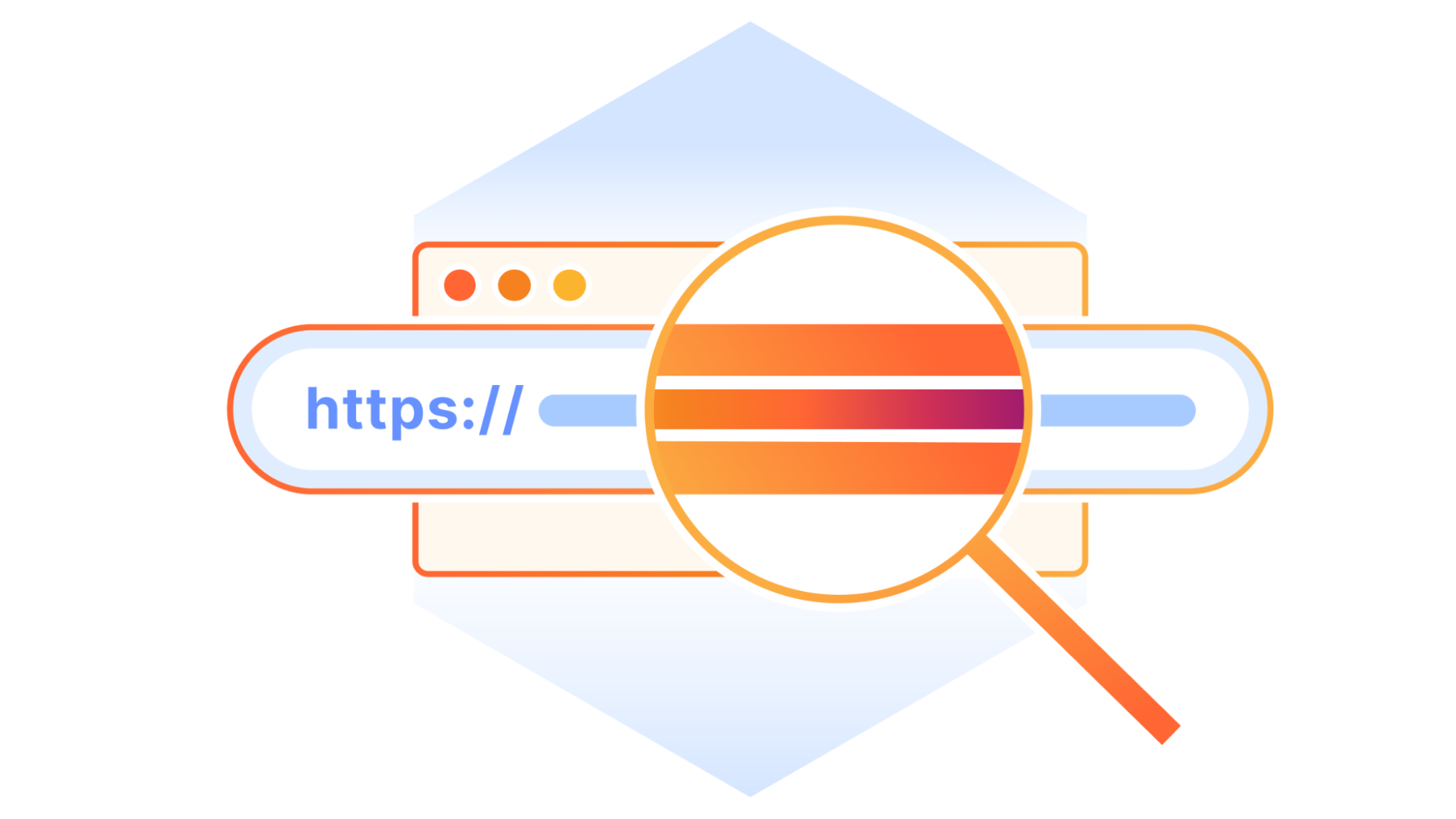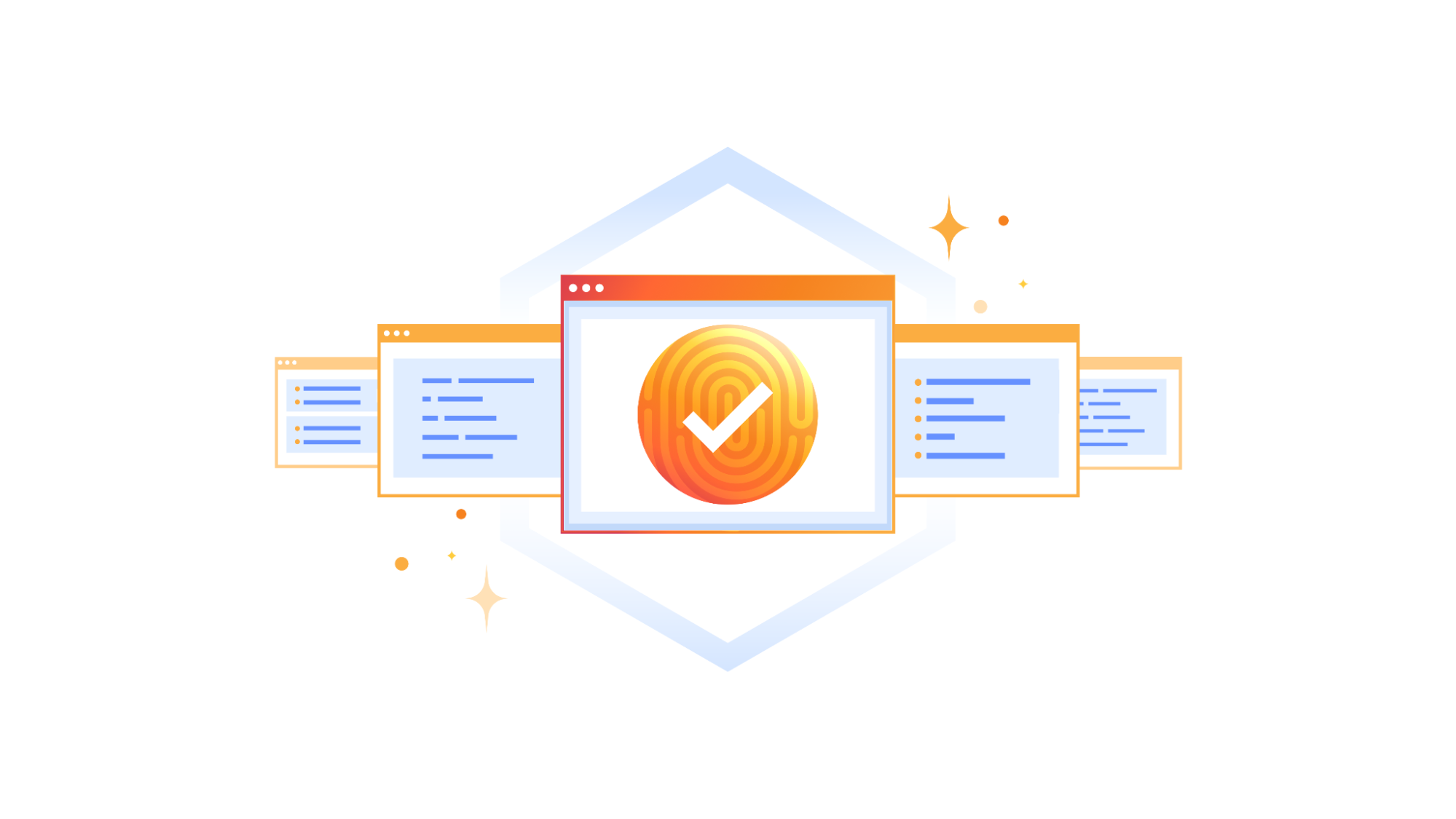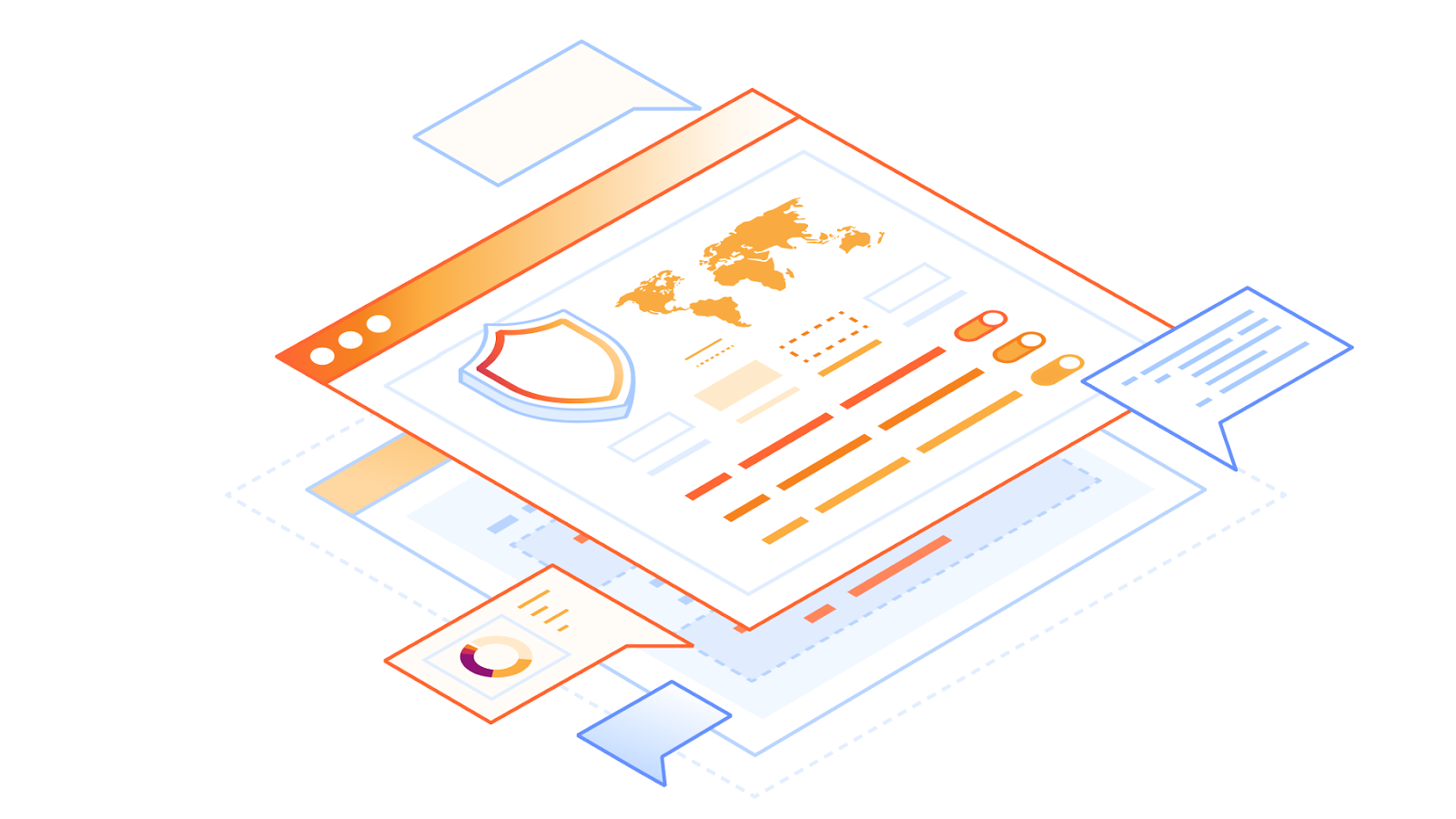AI Assistants

I have written elsewhere about the danger of AI assistants leading to mediocrity. Humans tend to rely on authority figures rather strongly (see Obedience to Authority by Stanley Milgram as one example), and we often treat “the computer” as an authority figure.
The problem is, of course, Large Language Models—and AI of all kinds—are mostly pattern-matching machines or Chinese Rooms. A pattern-matching machine can be pretty effective at many interesting things, but it will always be, in essence, a summary of “what a lot of people think.” If you choose the right people to summarize, you might get close to the truth. Finding the right people to summarize, however, is beyond the powers of a pattern-matching machine.
Just because many “experts” say the same thing does not mean the thing is true, valid, or useful.
AI assistants can make people more productive, at least in terms of sheer output. Someone using an AI assistant will write more words per minute than someone who is not. Someone using an AI assistant will write more code daily than someone who is not.
But is it just more, or is it better?
Measuring the mediocratic effect of using AI systems, even as Continue reading
User Discomfort As A Security Function

If you grew up in the 80s watching movies like me, you’ll remember Wargames. I could spend hours lauding this movie but for the purpose of this post I want to call out the sequence at the beginning when the two airmen are trying to operate the nuclear missile launch computer. It requires the use of two keys, one each in the possession of one of the airmen. They must be inserted into two different locks located more than ten feet from each other. The reason is that launching the missile requires two people to agree to do something at the same time. The two key scene appears in a number of movies as a way to show that so much power needs to have controls.
However, one thing I wanted to talk about in this post is the notion that those controls need to be visible to be effective. The two key solution is pretty visible. You carry a key with you but you can also see the locks that are situated apart from each other. There is a bit of challenge in getting the keys into the locks and turning them simultaneously. That not only shows that the Continue reading
Log Explorer: monitor security events without third-party storage

Today, we are excited to announce beta availability of Log Explorer, which allows you to investigate your HTTP and Security Event logs directly from the Cloudflare Dashboard. Log Explorer is an extension of Security Analytics, giving you the ability to review related raw logs. You can analyze, investigate, and monitor for security attacks natively within the Cloudflare Dashboard, reducing time to resolution and overall cost of ownership by eliminating the need to forward logs to third party security analysis tools.
Background
Security Analytics enables you to analyze all of your HTTP traffic in one place, giving you the security lens you need to identify and act upon what matters most: potentially malicious traffic that has not been mitigated. Security Analytics includes built-in views such as top statistics and in-context quick filters on an intuitive page layout that enables rapid exploration and validation.
In order to power our rich analytics dashboards with fast query performance, we implemented data sampling using Adaptive Bit Rate (ABR) analytics. This is a great fit for providing high level aggregate views of the data. However, we received feedback from many Security Analytics power users that sometimes they need access to a more granular view Continue reading
Introducing Requests for Information (RFIs) and Priority Intelligence Requirements (PIRs) for threat intelligence teams

Cloudforce One is our threat operations and research team. Its primary objective: track and disrupt threat actors targeting Cloudflare and the customer systems we protect. Cloudforce One customers can engage directly with analysts on the team to help understand and stop the specific threats targeting them.
Today, we are releasing in general availability two new tools that will help Cloudforce One customers get the best value out of the service by helping us prioritize and organize the information that matters most to them: Requests for Information (RFIs) and Priority Intelligence Requirements (PIRs). We’d also like to review how we’ve used the Cloudflare Workers and Pages platform to build our internal pipeline to not only perform investigations on behalf of our customers, but conduct our own internal investigations of the threats and attackers we track.
What are Requests for Information (RFIs)?
RFIs are designed to streamline the process of accessing critical intelligence. They provide an avenue for users to submit specific queries and requests directly into Cloudforce One's analysis queue. Essentially, they are a well-structured way for you to tell the team what to focus their research on to best support your security posture.
Each RFI filed is routed to an Continue reading
Cloudflare’s URL Scanner, new features, and the story of how we built it

Today, we’re excited to talk about URL Scanner, a tool that helps everyone from security teams to everyday users to detect and safeguard against malicious websites by scanning and analyzing them. URL Scanner has executed almost a million scans since its launch last March on Cloudflare Radar, driving us to continuously innovate and enhance its capabilities. Since that time, we have introduced unlisted scans, detailed malicious verdicts, enriched search functionality, and now, integration with Security Center and an official API, all built upon the robust foundation of Cloudflare Workers, Durable Objects, and the Browser Rendering API.
Integration with the Security Center in the Cloudflare Dashboard
Security Center is the single place in the Cloudflare Dashboard to map your attack surface, identify potential security risks, and mitigate risks with a few clicks. Its users can now access the URL scanner directly from the Investigate Portal, enhancing their cybersecurity workflow. These scans will be unlisted by default, ensuring privacy while facilitating a deep dive into website security. Users will be able to see their historic scans and access the related reports when they need to, and they will benefit from automatic screenshots for multiple screen sizes, enriching Continue reading
4 Certifications added to Rafay Training program
Times are busy here at Rafay. This week we launched 4 new certifications in our Training program. The Rafay Certified Professional builds on the knowledge and skills gained in the well received Rafay Certified Associate program. It covers more advanced topics in line of the Rafay solution, such as Multitenancy, Upstream Managed Kubernetes Service, Clusters … Continue reading 4 Certifications added to Rafay Training programBuilding secure websites: a guide to Cloudflare Pages and Turnstile Plugin

Balancing developer velocity and security against bots is a constant challenge. Deploying your changes as quickly and easily as possible is essential to stay ahead of your (or your customers’) needs and wants. Ensuring your website is safe from malicious bots — without degrading user experience with alien hieroglyphics to decipher just to prove that you are a human — is no small feat. With Pages and Turnstile, we'll walk you through just how easy it is to have the best of both worlds!
Cloudflare Pages offer a seamless platform for deploying and scaling your websites with ease. You can get started right away with configuring your websites with a quick integration using your git provider, and get set up with unlimited requests, bandwidth, collaborators, and projects.
Cloudflare Turnstile is Cloudflare’s CAPTCHA alternative solution where your users don’t ever have to solve another puzzle to get to your website, no more stop lights and fire hydrants. You can protect your site without having to put your users through an annoying user experience. If you are already using another CAPTCHA service, we have made it easy for you to migrate over to Turnstile with minimal effort needed. Check out the Continue reading
Linux kernel security tunables everyone should consider adopting

The Linux kernel is the heart of many modern production systems. It decides when any code is allowed to run and which programs/users can access which resources. It manages memory, mediates access to hardware, and does a bulk of work under the hood on behalf of programs running on top. Since the kernel is always involved in any code execution, it is in the best position to protect the system from malicious programs, enforce the desired system security policy, and provide security features for safer production environments.
In this post, we will review some Linux kernel security configurations we use at Cloudflare and how they help to block or minimize a potential system compromise.
Secure boot
When a machine (either a laptop or a server) boots, it goes through several boot stages:

Within a secure boot architecture each stage from the above diagram verifies the integrity of the next stage before passing execution to it, thus forming a so-called secure boot chain. This way “trustworthiness” is extended to every component in the boot chain, because if we verified the code integrity of a particular stage, we can trust this code to verify the integrity of the next stage.
Cloudflare treats SASE anxiety for VeloCloud customers

We understand that your VeloCloud deployment may be partially or even fully deployed. You may be experiencing discomfort from SASE anxiety. Symptoms include:
- Sudden vendor whiplash - Over the past 5 years, the ownership and strategic direction of VeloCloud has undergone a series of dramatic changes. VeloCloud was acquired by VMware in 2017, then VMware was spun off from Dell EMC in 2021, and in 2023 Broadcom completed its acquisition of VMware and VeloCloud.
- Dizziness from product names - VeloCloud helpfully published a list of some of its previous product names, which include VeloCloud, Velo, Velo SD-WAN, VeloCloud SD-WAN, and VMware SD-WAN by VeloCloud. But the list also misses other names such as “VMware NSX SD-WAN by VeloCloud” as well. Recently, VMware announced yet another name change by renaming VMware SD-WAN to VMware VeloCloud SD-WAN, and renamed VMware SASE to VMware VeloCloud SASE, secured by Symantec.
- Irregular priorities and strategies - With the number of times that VMware reorganized its various networking and security products into different business units, it’s now about to embark on yet another as Broadcom pursues single vendor SASE.
If you’re a VeloCloud customer, we are here to help you with your transition to Magic Continue reading
Secure your unprotected assets with Security Center: quick view for CISOs

We understand that one of the significant hurdles faced by our customers, especially larger organizations, is obtaining a clear view of the deployment of Cloudflare services throughout their vast and complex infrastructures. The question isn't just whether Cloudflare is deployed, but whether it's fully optimized across every asset and service. Addressing this challenge head-on, we're rolling out a new feature set designed to provide better visibility and control over your security posture.
The problem we are addressing
The core problem we're tackling is the growing complexity of cyber threats and the expanding attack surface, which complicates maintaining a strong security posture for our customers.
It's not uncommon for organizations to deploy a variety of security solutions, including ours, without fully optimizing and implementing their configurations. This results in a false sense of security, underutilized investments and, more critically, exposed vulnerabilities. Our customers frequently express concerns about not having a clear picture of their security posture across their entire infrastructure, uncertain if critical assets are adequately protected or if specific Cloudflare security features could be better leveraged.
We want to bring users comprehensive visibility into their security configurations and the state of their deployments across Cloudflare's suite of products. By providing Continue reading
Protecting APIs with JWT Validation

Today, we are happy to announce that Cloudflare customers can protect their APIs from broken authentication attacks by validating incoming JSON Web Tokens (JWTs) with API Gateway. Developers and their security teams need to control who can communicate with their APIs. Using API Gateway’s JWT Validation, Cloudflare customers can ensure that their Identity Provider previously validated the user sending the request, and that the user’s authentication tokens have not expired or been tampered with.
What’s new in this release?
After our beta release in early 2023, we continued to gather feedback from customers on what they needed from JWT validation in API Gateway. We uncovered four main feature requests and shipped updates in this GA release to address them all:
| Old, Beta limitation | New, GA release capability |
|---|---|
| Only supported validating the raw JWT | Support for the Bearer token format |
| Only supported one JWKS configuration | Create up to four different JWKS configs to support different environments per zone |
| Only supported validating JWTs sent in HTTP headers | Validate JWTs if they are sent in a cookie, not just an HTTP header |
| JWT validation ran on all requests to the entire zone | Exclude any number of managed endpoints in a JWT validation rule |
Continue reading
Cloudflare launches AI Assistant for Security Analytics

Imagine you are in the middle of an attack on your most crucial production application, and you need to understand what’s going on. How happy would you be if you could simply log into the Dashboard and type a question such as: “Compare attack traffic between US and UK” or “Compare rate limiting blocks for automated traffic with rate limiting blocks from human traffic” and see a time series chart appear on your screen without needing to select a complex set of filters?
Today, we are introducing an AI assistant to help you query your security event data, enabling you to more quickly discover anomalies and potential security attacks. You can now use plain language to interrogate Cloudflare analytics and let us do the magic.
What did we build?
One of the big challenges when analyzing a spike in traffic or any anomaly in your traffic is to create filters that isolate the root cause of an issue. This means knowing your way around often complex dashboards and tools, knowing where to click and what to filter on.
On top of this, any traditional security dashboard is limited to what you can achieve by the way data is stored, how Continue reading
Cloudflare announces Firewall for AI

Today, Cloudflare is announcing the development of Firewall for AI, a protection layer that can be deployed in front of Large Language Models (LLMs) to identify abuses before they reach the models.
While AI models, and specifically LLMs, are surging, customers tell us that they are concerned about the best strategies to secure their own LLMs. Using LLMs as part of Internet-connected applications introduces new vulnerabilities that can be exploited by bad actors.
Some of the vulnerabilities affecting traditional web and API applications apply to the LLM world as well, including injections or data exfiltration. However, there is a new set of threats that are now relevant because of the way LLMs work. For example, researchers have recently discovered a vulnerability in an AI collaboration platform that allows them to hijack models and perform unauthorized actions.
Firewall for AI is an advanced Web Application Firewall (WAF) specifically tailored for applications using LLMs. It will comprise a set of tools that can be deployed in front of applications to detect vulnerabilities and provide visibility to model owners. The tool kit will include products that are already part of WAF, such as Rate Limiting and Sensitive Data Detection, and a new protection Continue reading
Lateral Security for the Private Cloud – Leveraging the Power of Seamless Integration
Because modern threats are distributed and multi-varied, protecting against them cannot be accomplished through a series of point security solutions.
Recently, there are discussions happening in the industry around the “platformization of security”. These are not new thoughts but are all essentially derived from how to offer a simpler solution to a complex problem. In my previous blog “Tackling the 5Cs of enterprise security with the advent of AI” , I had highlighted the preference for “consolidation” through a platform approach.
Since the security attack surface is ever broadening, customers prefer a holistic and integrated approach to solving it, versus a variety of point solutions each with independent bells and whistles. Integration in this context means seamless interworking between the different components, deep visibility across the components and providing customers with a secure plug-n-play experience that drives operational simplicity and ease of use. Fundamentally, his is the promise of the security platform.

Let’s consider this in the context of the private cloud, taking the industry-leading private cloud solution from VMware as an example. Enterprises choose private clouds because it gives them greater control, compliance, and, in many cases a significantly lower operating cost structure.
Customers adopting the Continue reading
Enhancing security analysis with Cloudflare Zero Trust logs and Elastic SIEM

Today, we are thrilled to announce new Cloudflare Zero Trust dashboards on Elastic. Shared customers using Elastic can now use these pre-built dashboards to store, search, and analyze their Zero Trust logs.
When organizations look to adopt a Zero Trust architecture, there are many components to get right. If products are configured incorrectly, used maliciously, or security is somehow breached during the process, it can open your organization to underlying security risks without the ability to get insight from your data quickly and efficiently.
As a Cloudflare technology partner, Elastic helps Cloudflare customers find what they need faster, while keeping applications running smoothly and protecting against cyber threats. “I'm pleased to share our collaboration with Cloudflare, making it even easier to deploy log and analytics dashboards. This partnership combines Elastic's open approach with Cloudflare's practical solutions, offering straightforward tools for enterprise search, observability, and security deployment,” explained Mark Dodds, Chief Revenue Officer at Elastic.

Value of Zero Trust logs in Elastic
With this joint solution, we’ve made it easy for customers to seamlessly forward their Zero Trust logs to Elastic via Logpush jobs. This can be achieved directly via a Restful API or through an intermediary storage solution like Continue reading
Safeguarding your brand identity: Logo Matching for Brand Protection

In an era dominated by digital landscapes, protecting your brand’s identity has become more challenging than ever. Malicious actors regularly build lookalike websites, complete with official logos and spoofed domains, to try to dupe customers and employees. These kinds of phishing attacks can damage your reputation, erode customer trust, or even result in data breaches.
In March 2023 we introduced Cloudflare’s Brand and Phishing Protection suite, beginning with Brand Domain Name Alerts. This tool recognizes so-called “confusable” domains (which can be nearly indistinguishable from their authentic counterparts) by sifting through the trillions of DNS requests passing through Cloudflare’s DNS resolver, 1.1.1.1. This helps brands and organizations stay ahead of malicious actors by spotting suspicious domains as soon as they appear in the wild.
Today we are excited to expand our Brand Protection toolkit with the addition of Logo Matching. Logo Matching is a powerful tool that allows brands to detect unauthorized logo usage: if Cloudflare detects your logo on an unauthorized site, you receive an immediate notification.
The new Logo Matching feature is a direct result of a frequent request from our users. Phishing websites often use official brand logos as part of their facade. In Continue reading
C can be memory safe, part 2
This post from last year was posted to a forum, so I thought I'd write up some rebuttals to their comments.
The first comment is by David Chisnall, creator of CHERI C/C++, which proposes we can solve the problem with CPU instruction set extensions. It's a good idea, but after 14 years, CPUs haven't had their instruction-sets upgraded. Even mainstream RISC V processors haven't been created using those extensions.
Chisnall: "If your safety requires you to insert explicit checks, it’s not safe". This is true from one perspective, false from another. My proposal includes compilers spitting out warnings whenever bounds information doesn't exist.
C is full of problems in theory that doesn't exist in practice because the compiler spits out warnings telling programmers to fix the problem. Warnings can also note cases where programmers probably made mistakes. We can't achieve perfect guarantees, because programmers can still make mistakes, but we can certainly achieve "good enough".
Chisnall: ....tread safety..... I'm not sure I full understand the comment. I understand that CHERI can guarantee atomicity of bounds checking, which would require multiple (interruptible) instructions otherwise. The number of cases where this is a problem, and the C proposal would be Continue reading
Thanksgiving 2023 security incident
On Thanksgiving Day, November 23, 2023, Cloudflare detected a threat actor on our self-hosted Atlassian server. Our security team immediately began an investigation, cut off the threat actor’s access, and on Sunday, November 26, we brought in CrowdStrike’s Forensic team to perform their own independent analysis.
Yesterday, CrowdStrike completed its investigation, and we are publishing this blog post to talk about the details of this security incident.
We want to emphasize to our customers that no Cloudflare customer data or systems were impacted by this event. Because of our access controls, firewall rules, and use of hard security keys enforced using our own Zero Trust tools, the threat actor’s ability to move laterally was limited. No services were implicated, and no changes were made to our global network systems or configuration. This is the promise of a Zero Trust architecture: it’s like bulkheads in a ship where a compromise in one system is limited from compromising the whole organization.
From November 14 to 17, a threat actor did reconnaissance and then accessed our internal wiki (which uses Atlassian Confluence) and our bug database (Atlassian Jira). On November 20 and 21, we saw additional access indicating they may have come back Continue reading
Dynamic ARP Inspection in DHCP Environment
In ARP Spoofing Attack article, we provided a Python script that an attacker can use […]
The post Dynamic ARP Inspection in DHCP Environment first appeared on Brezular's Blog.
Introducing Foundations – our open source Rust service foundation library

In this blog post, we're excited to present Foundations, our foundational library for Rust services, now released as open source on GitHub. Foundations is a foundational Rust library, designed to help scale programs for distributed, production-grade systems. It enables engineers to concentrate on the core business logic of their services, rather than the intricacies of production operation setups.
Originally developed as part of our Oxy proxy framework, Foundations has evolved to serve a wider range of applications. For those interested in exploring its technical capabilities, we recommend consulting the library’s API documentation. Additionally, this post will cover the motivations behind Foundations' creation and provide a concise summary of its key features. Stay with us to learn more about how Foundations can support your Rust projects.
What is Foundations?
In software development, seemingly minor tasks can become complex when scaled up. This complexity is particularly evident when comparing the deployment of services on server hardware globally to running a program on a personal laptop.
The key question is: what fundamentally changes when transitioning from a simple laptop-based prototype to a full-fledged service in a production environment? Through our experience in developing numerous services, we've identified several critical differences:
- Observability: Continue reading